On Monday, the Charlotte City Council adopted the Unified Development Ordinance (UDO) by a vote of 6 to 4. The UDO is a regulatory guide which simplifies, consolidates, and updates zoning and land development in the City of Charlotte. The 700-page document is a critical tool in implementing the community’s vision for growth, as outlined in the adopted Charlotte Future 2040 Comprehensive Plan.
The UDO will go into effect June 1, 2023. Many suggested changes were incorporated into the UDO during the public review process; a few key takeaways are highlighted here.
The regulation of maximum building heights was modified in several sections. The updated language clarifies how the city’s Aviation Department may work to ensure that the Federal Aviation Administration (FAA) is properly notified about certain construction. Various maximum building heights were increased, including buildings in the campus zoning district IC-2 (from 80 to 120, and from 200 to 250 with bonus), the neighborhood center zoning district NC (from 60 to 65, with the minimum building height being reduced from 24 to 16 feet), the community activity center zoning district CAC-1 (75 to 80 and from 100 to 120 with bonus) and CAC-2 (90 to 120 and 150 to 200 with bonus), and the regional activity center RAC (130 to 150 and 250 to 275 with bonus) and UE (130 to 150 and 250 to 300 with bonus).
In the Neighborhood 1 Zoning District, maximum building coverage was modified. Maximum building coverage limits what percentage of a lot can be built upon. Regulation of lots was streamlined. Lots of less than 10,000 square feet allow 50% maximum building coverage. Lots over 10,000 square feet now allow 40% maximum building coverage.
The preferred and maximum block lengths for manufacturing and logistics projects were increased in the updated draft. The preferred block length was increased from 800 feet to 1,500, and the maximum block length was increased from 1,500 feet to 2,000. These increases will accommodate large scale projects in manufacturing and logistics zoning.



